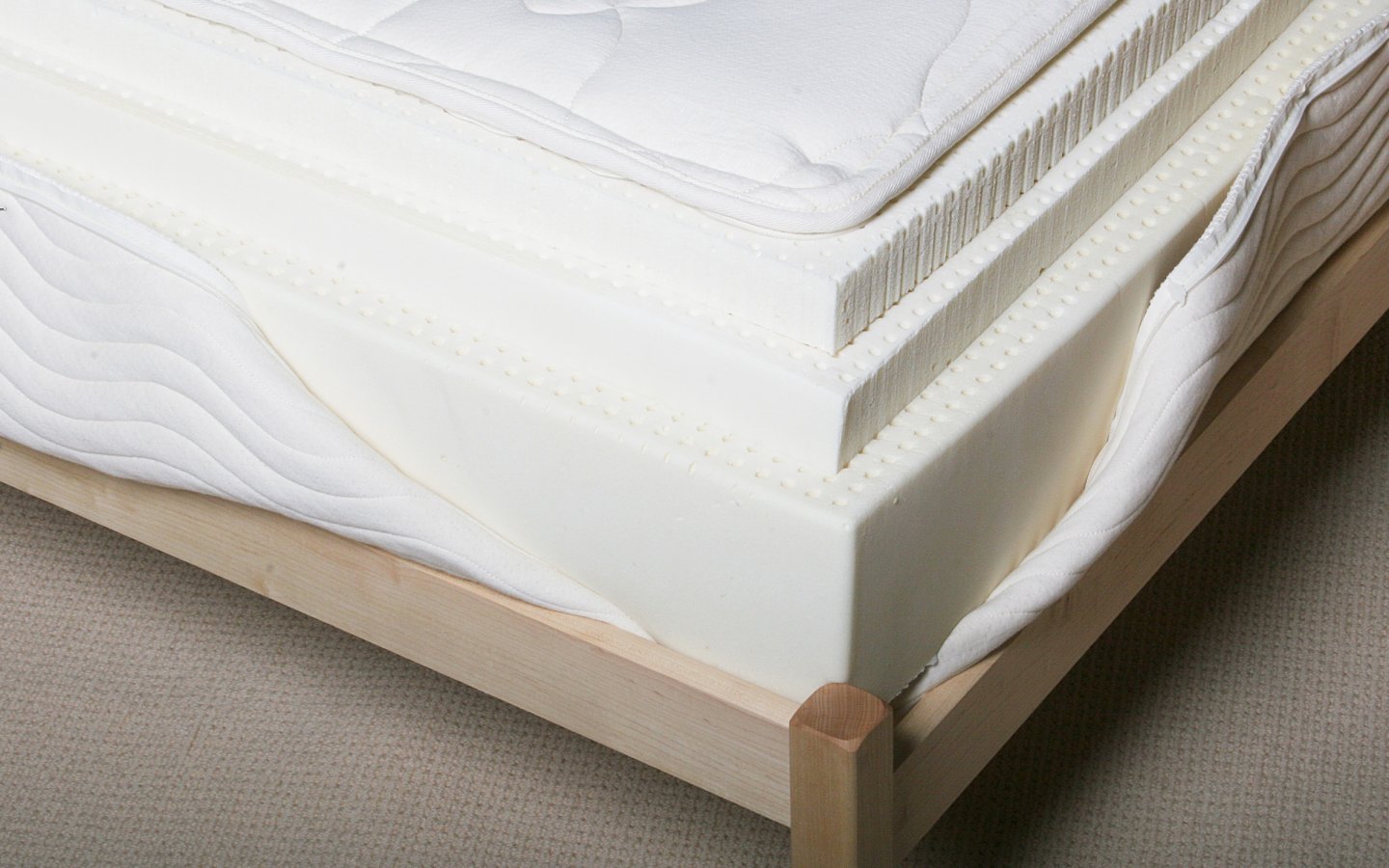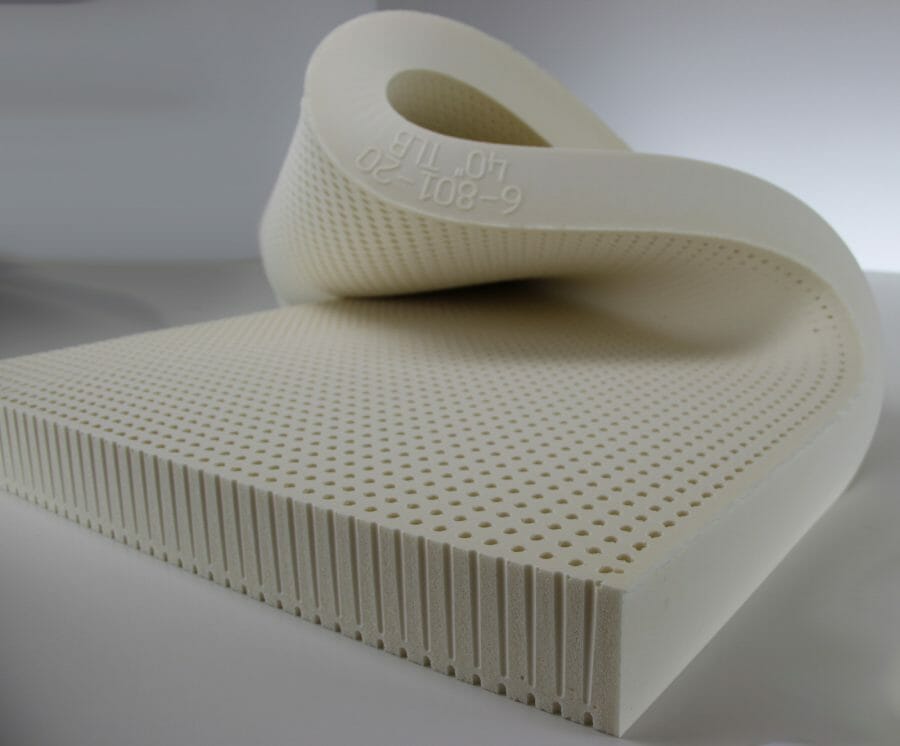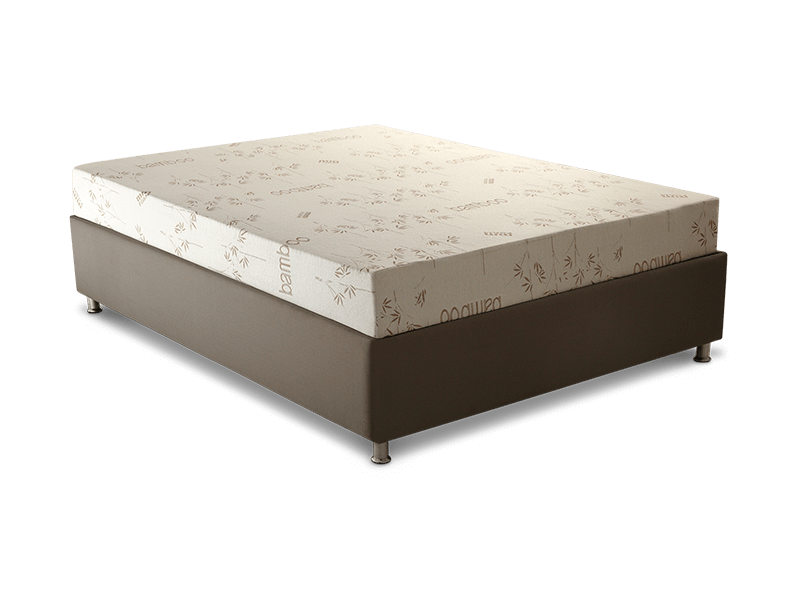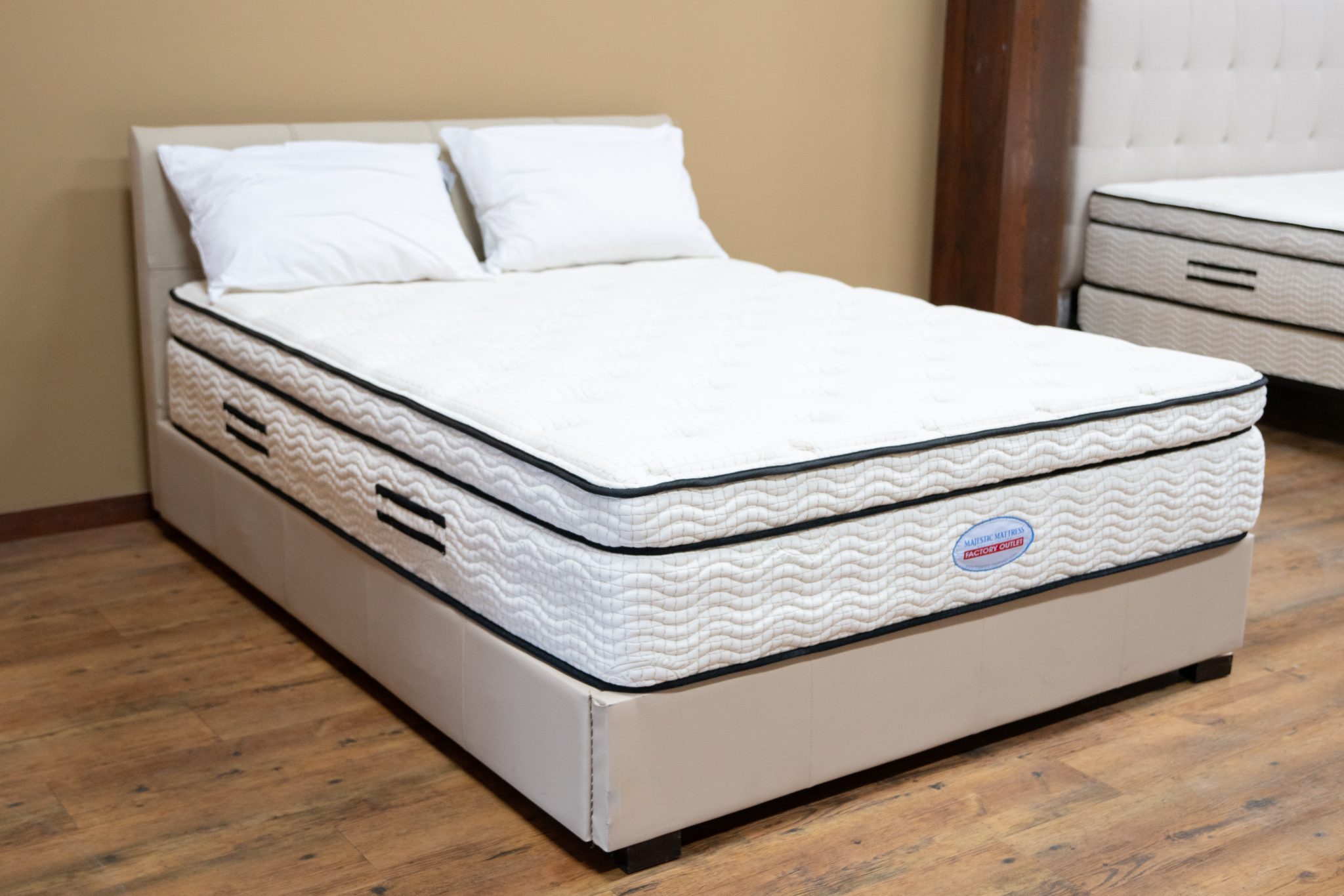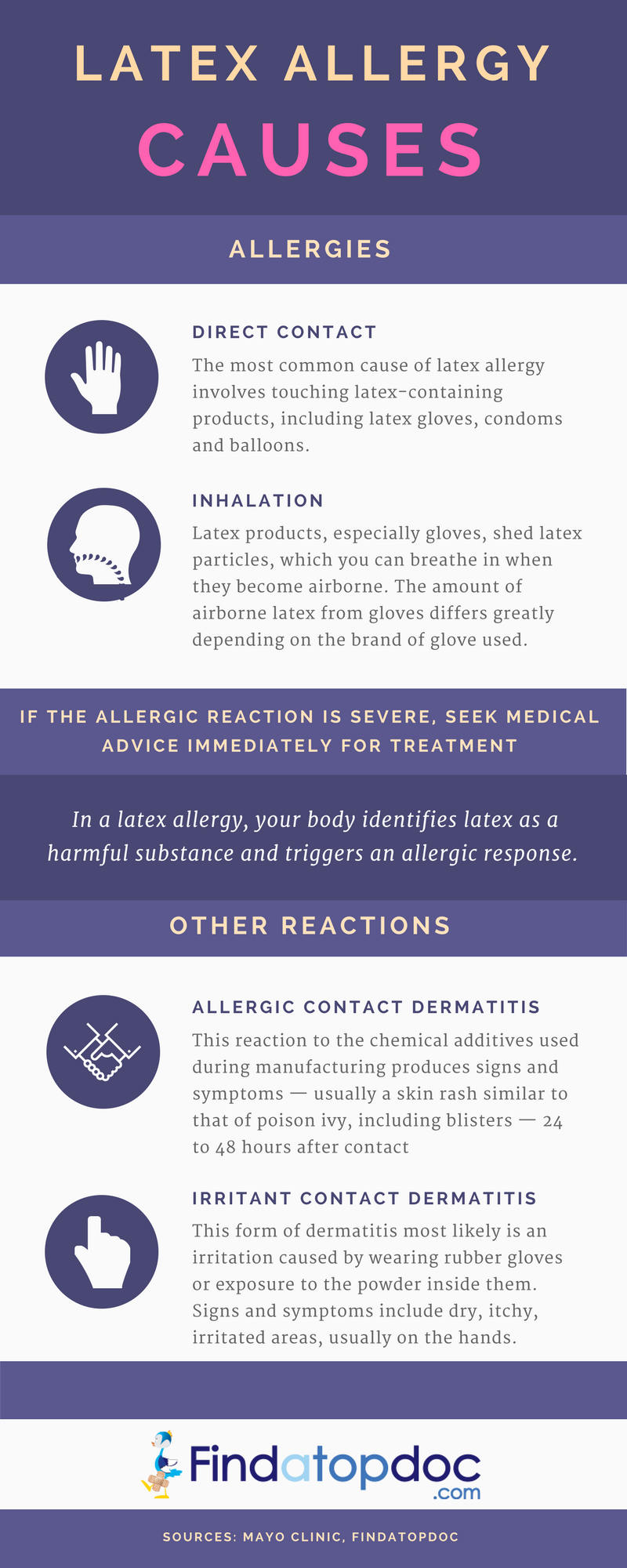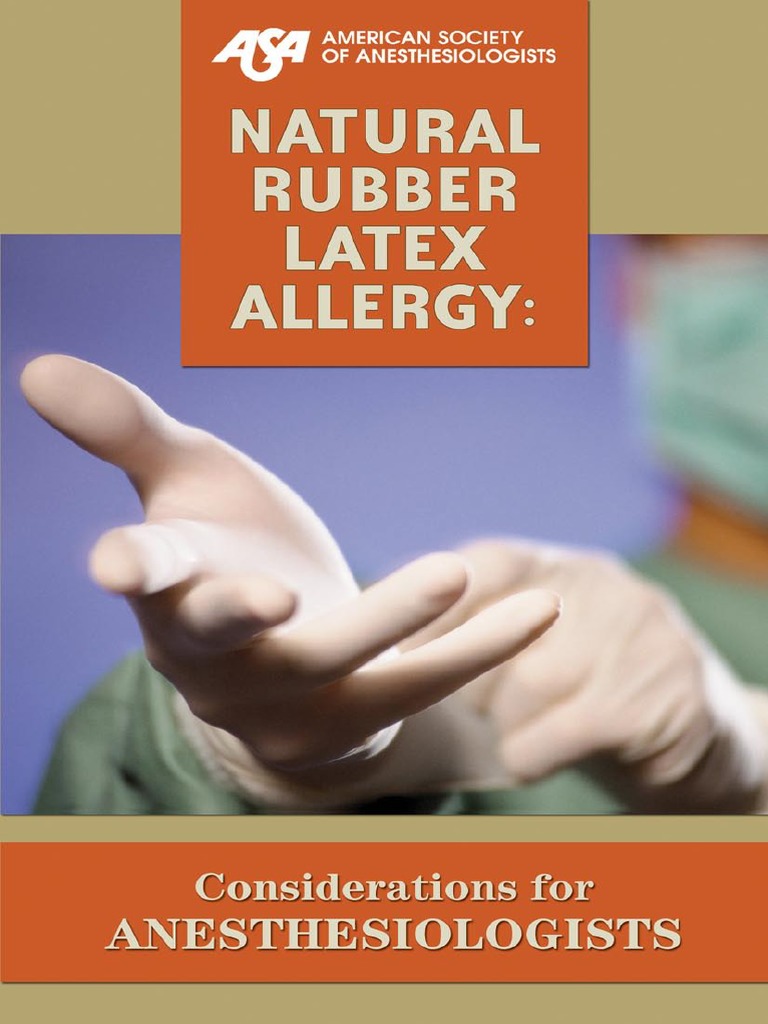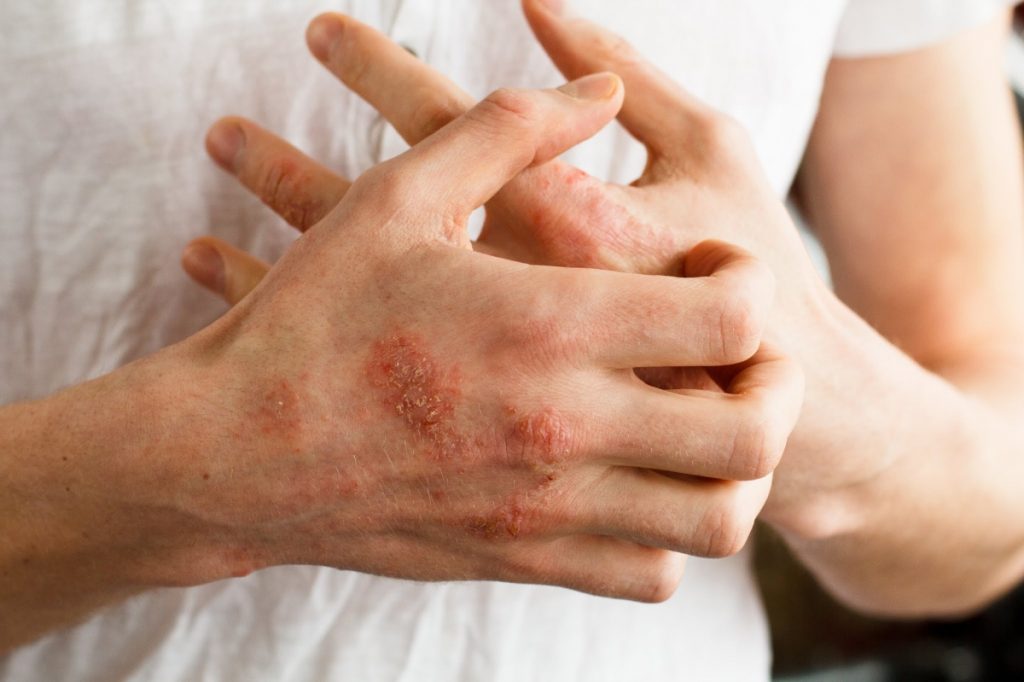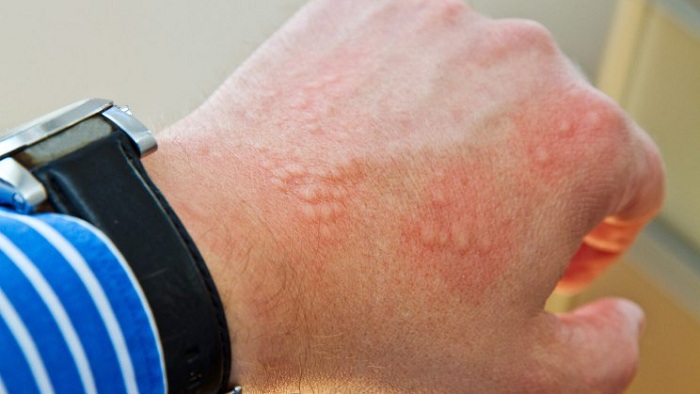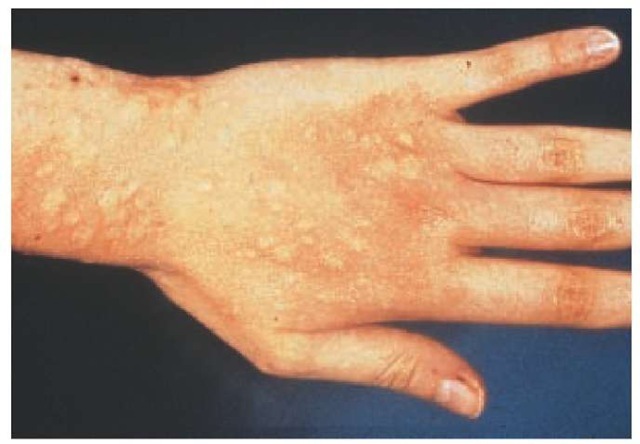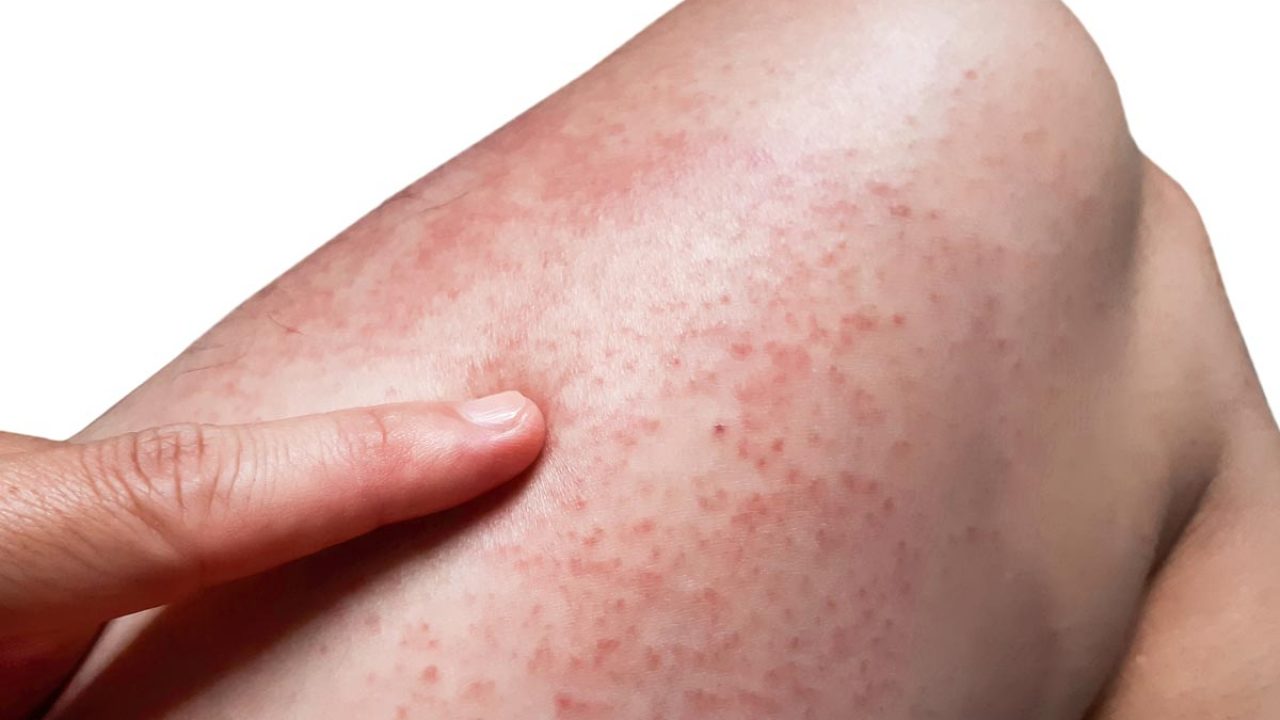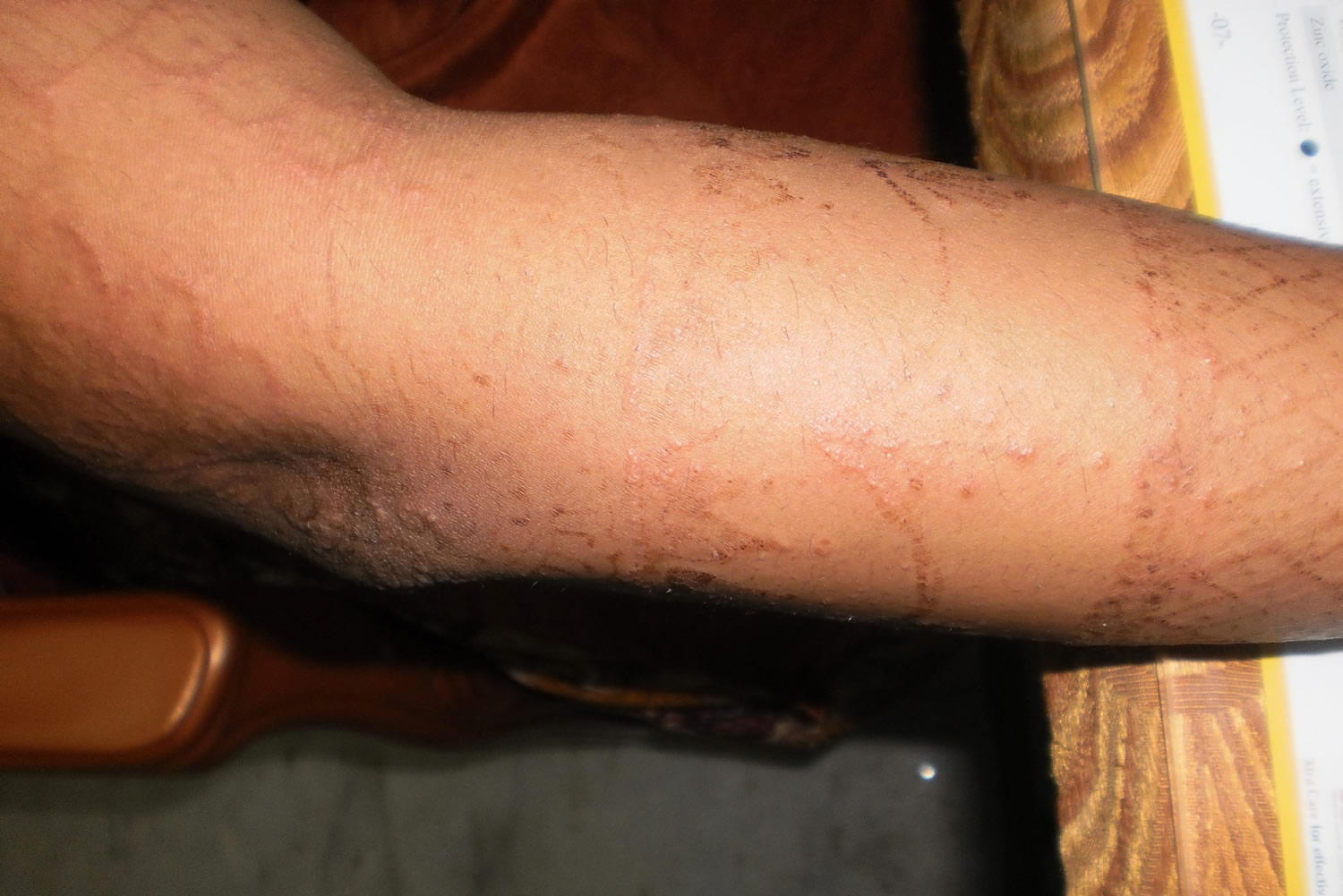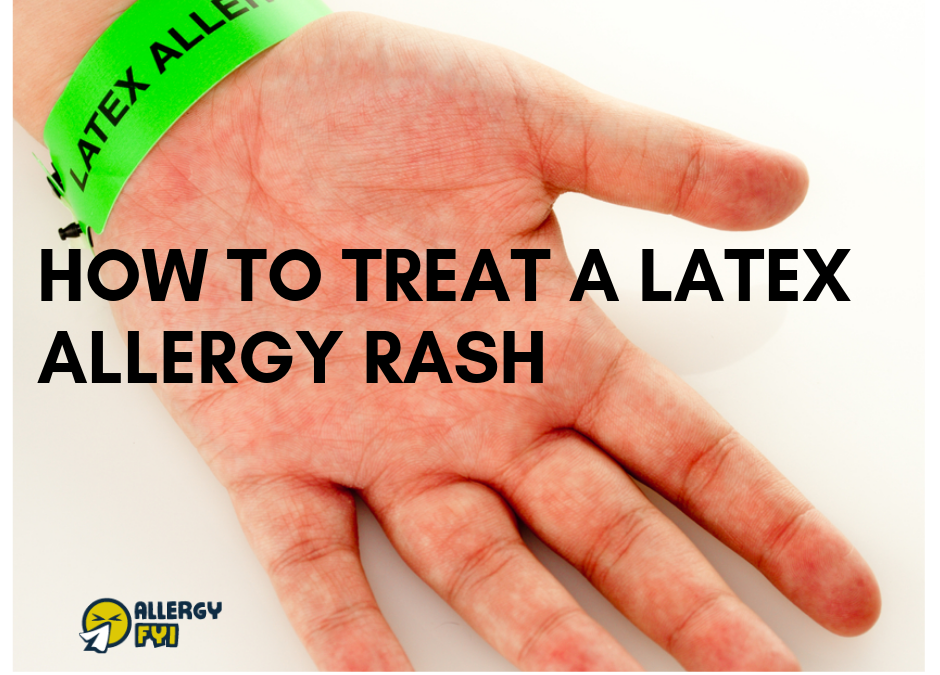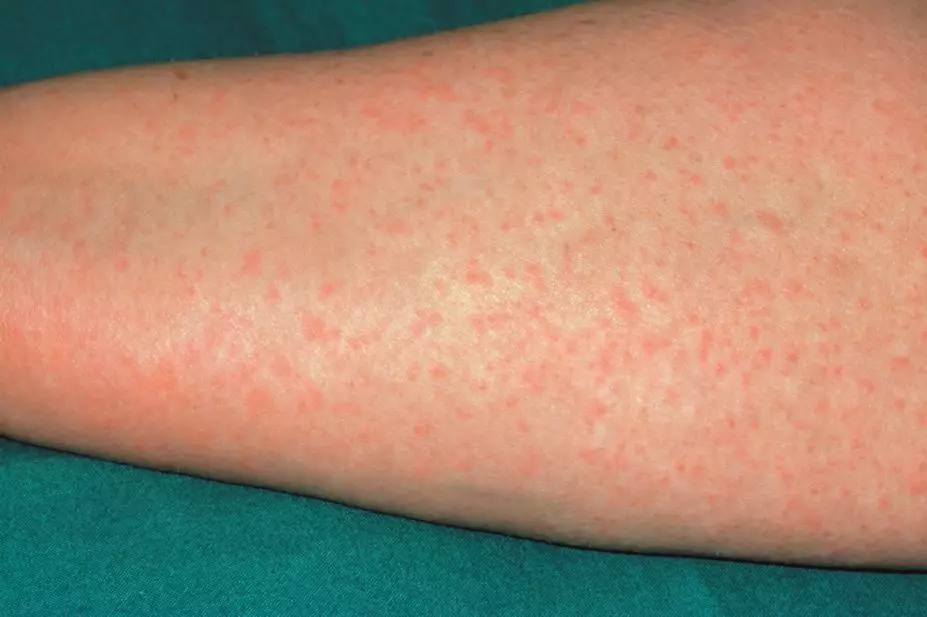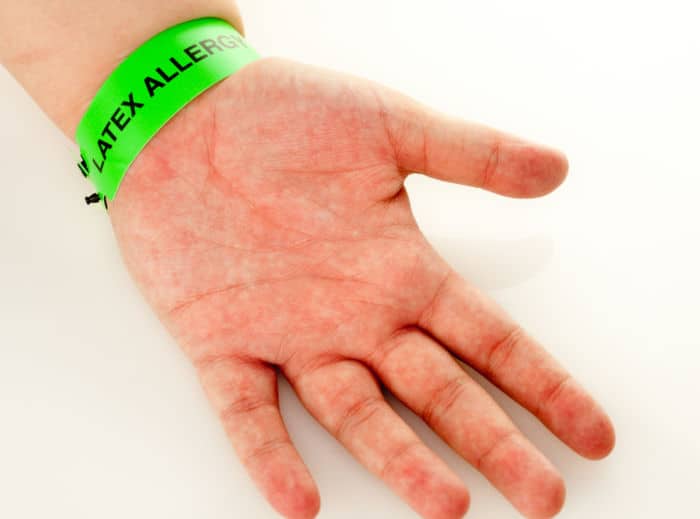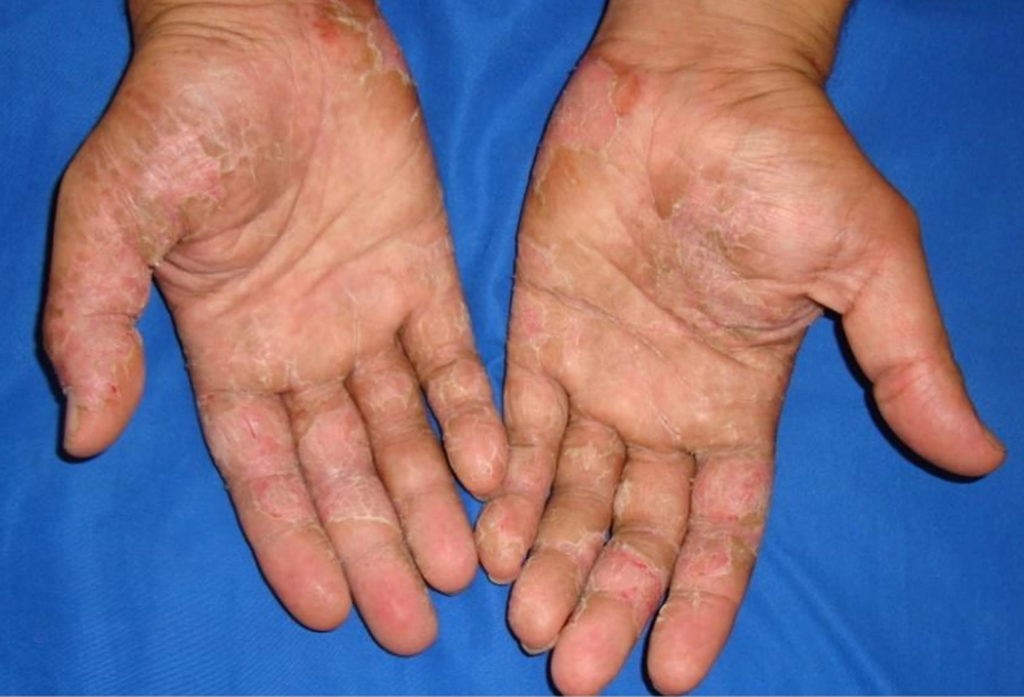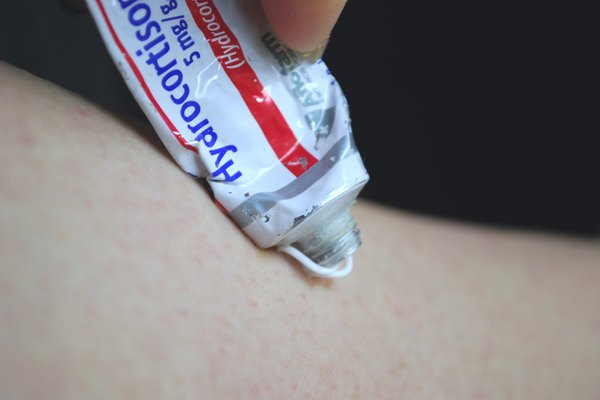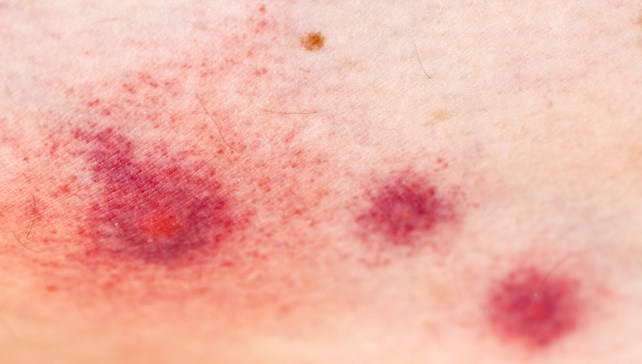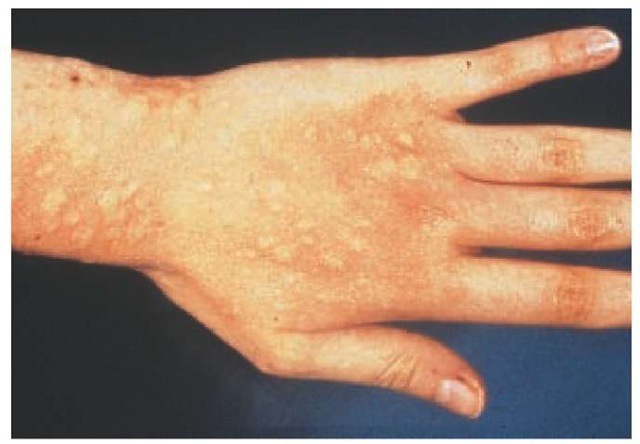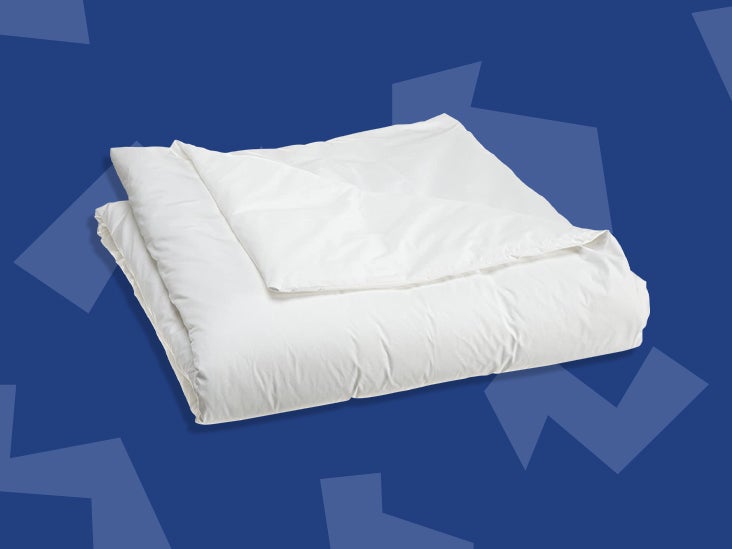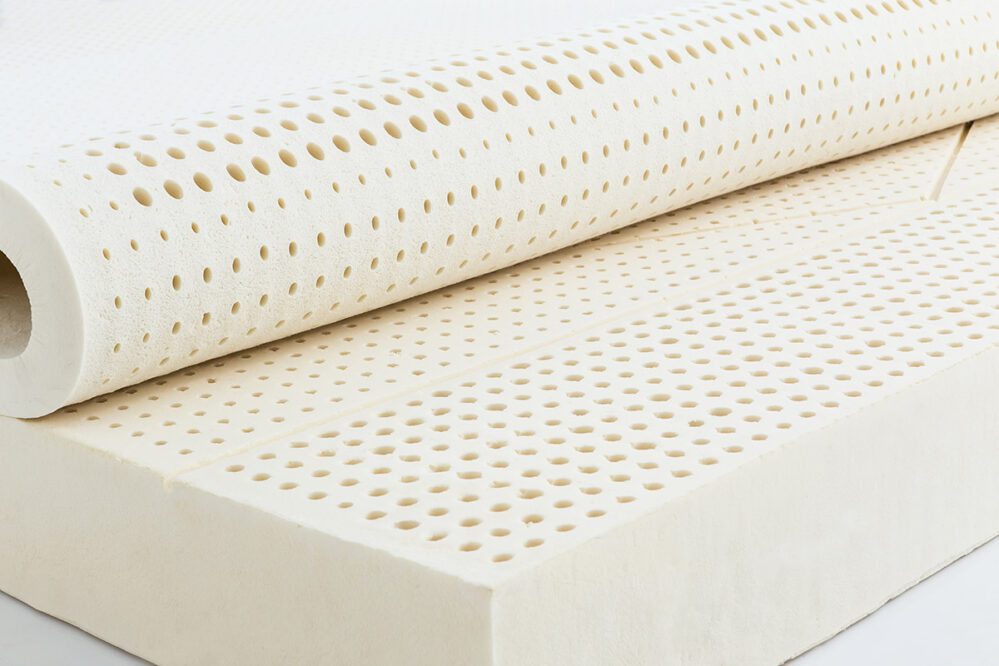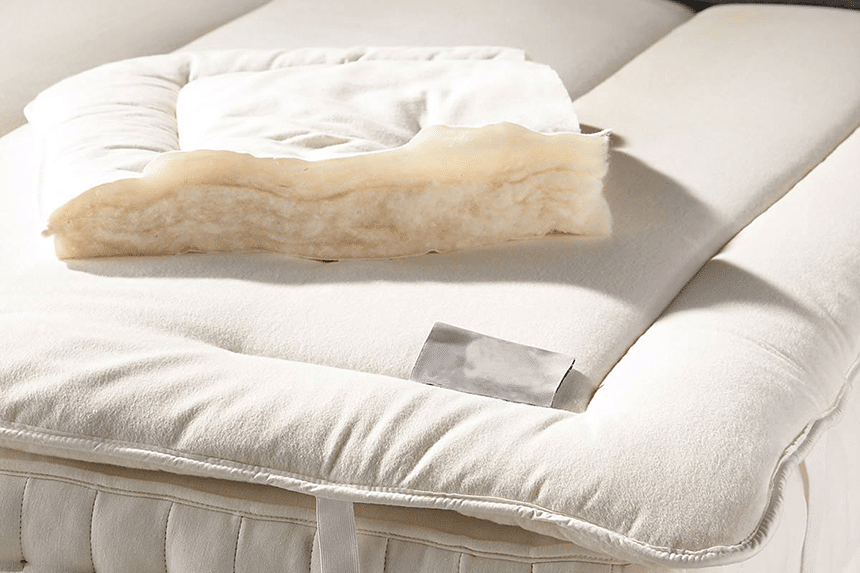Latex allergy is a common condition that affects many people around the world. It is a type of allergic reaction to products that contain natural rubber latex, which is commonly found in latex foam mattresses. While latex is a popular material for bedding, it can also cause discomfort and even severe allergic reactions in those who are sensitive to it.1. Understanding Latex Allergy
A latex foam mattress is a type of mattress that is made from natural rubber latex. It is known for its supportive and comfortable qualities, making it a popular choice among many sleepers. However, for those with a latex allergy, this type of mattress can cause a range of symptoms and discomfort.2. What is a Latex Foam Mattress?
The symptoms of latex allergy can vary from mild to severe and can include skin irritation, itching, and redness. Some people may also experience more severe symptoms such as difficulty breathing, chest tightness, and even anaphylaxis in extreme cases. If you suspect you may have a latex allergy, it is important to seek medical advice for proper diagnosis and treatment.3. Symptoms of Latex Allergy
If you have a latex allergy, there are several steps you can take to manage and reduce your symptoms. One way is to avoid products that contain natural rubber latex, such as latex foam mattresses. Instead, opt for hypoallergenic mattresses made from materials like memory foam or organic cotton. You can also try using barrier products, such as mattress covers and pillowcases, to create a barrier between your skin and the latex.4. Dealing with Latex Allergy Symptoms
Latex allergy can be triggered by exposure to latex particles in the air, which can come from products like latex foam mattresses. The airborne particles can enter your respiratory system and cause allergy symptoms. This is why it is crucial for those with latex allergies to choose the right type of mattress to sleep on.5. The Link Between Latex Allergy and Mattresses
If you suspect you may have a latex allergy, your doctor may recommend getting an allergy test. There are several types of allergy tests, including a skin prick test and a blood test, that can determine if you are allergic to latex. It is essential to get tested to confirm your allergy and take proper precautions to avoid any potential reactions.6. Testing for Latex Allergy
While there is no cure for latex allergy, there are various treatment options available to manage symptoms. These can include over-the-counter antihistamines, prescription medications, and allergy shots. Your doctor will be able to advise on the best course of treatment based on the severity of your allergy.7. Treatment for Latex Allergy
Aside from latex foam mattresses, there are other household products that can contain natural rubber latex. These can include gloves, condoms, and even some types of clothing. It is essential to read product labels and check for the presence of latex if you have a known allergy.8. Latex Allergy and Household Products
If you have a latex allergy, it doesn't mean you have to sacrifice comfort when it comes to your mattress. There are many latex allergy-friendly mattresses available on the market, such as those made from memory foam, organic cotton, or even latex-free synthetic materials. Be sure to do your research and choose a mattress that suits your specific needs.9. Choosing a Latex Allergy-Friendly Mattress
Latex allergy is a prevalent condition that can cause discomfort and even severe reactions in those who are allergic. If you suspect you have a latex allergy, it is essential to get tested and take necessary precautions, such as avoiding products that contain natural rubber latex. By choosing an allergy-friendly mattress, you can still enjoy a comfortable and restful sleep without worrying about potential allergic reactions.10. Conclusion
The Benefits of Choosing a Latex Foam Mattress for Your Home Design
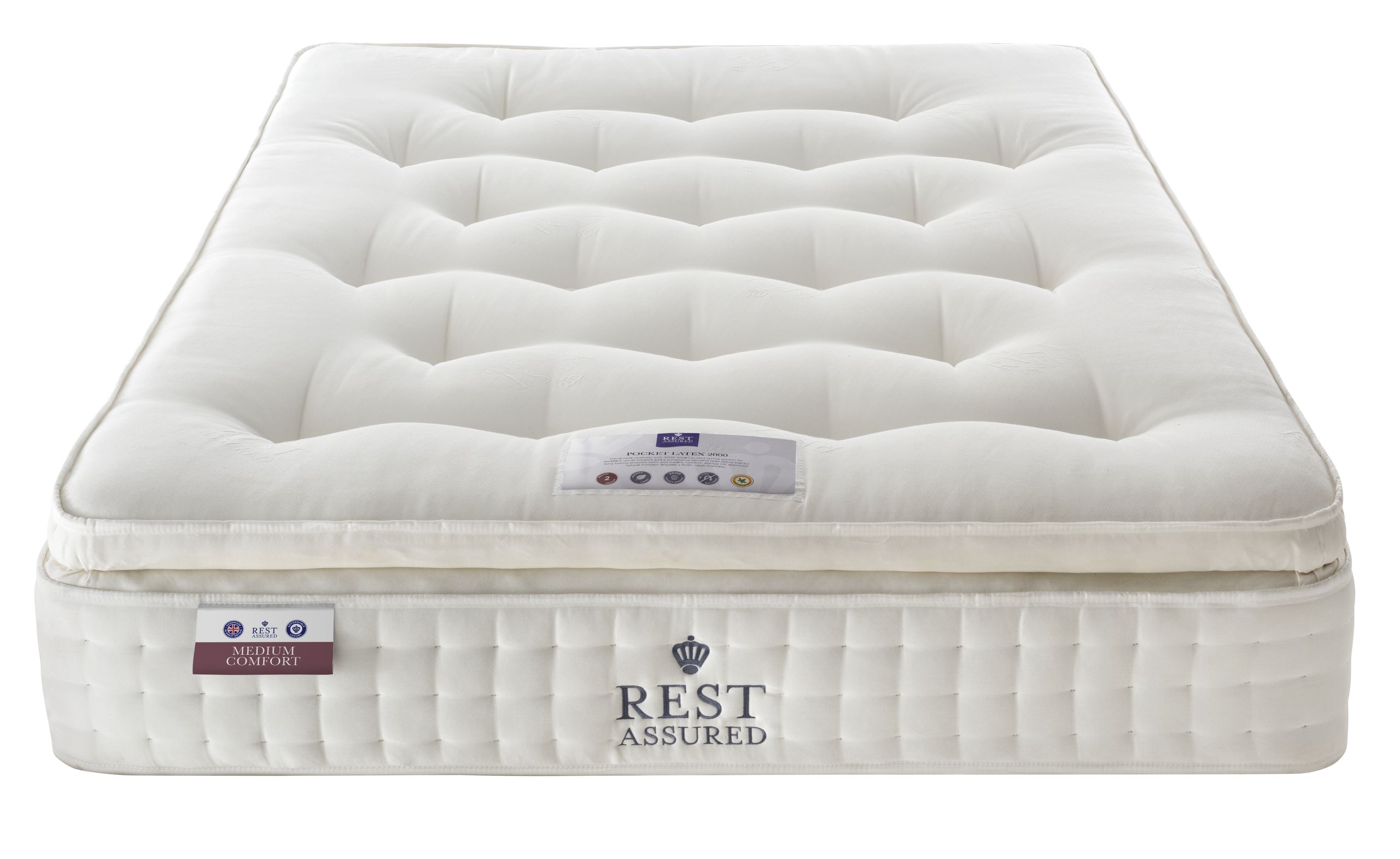
Introduction
 When it comes to designing your home, one of the most important decisions you'll make is choosing the right mattress. After all, a good night's sleep is essential for our health and well-being. However, for those with
latex allergies
, this decision can become a bit more complicated.
Latex foam mattresses
have gained popularity in recent years due to their comfort and durability, but for those with allergies, it may seem like an impossible choice. In this article, we will explore the benefits of choosing a
latex foam mattress
for your home design, even if you have a
latex allergy
.
When it comes to designing your home, one of the most important decisions you'll make is choosing the right mattress. After all, a good night's sleep is essential for our health and well-being. However, for those with
latex allergies
, this decision can become a bit more complicated.
Latex foam mattresses
have gained popularity in recent years due to their comfort and durability, but for those with allergies, it may seem like an impossible choice. In this article, we will explore the benefits of choosing a
latex foam mattress
for your home design, even if you have a
latex allergy
.
What is a Latex Foam Mattress?
 A
latex foam mattress
is made from natural or synthetic rubber, which is then processed to create a foam material. This foam is then used to make the supportive base of the mattress, as well as the top comfort layer. This type of mattress is known for its long-lasting comfort and support, making it a popular choice among homeowners.
A
latex foam mattress
is made from natural or synthetic rubber, which is then processed to create a foam material. This foam is then used to make the supportive base of the mattress, as well as the top comfort layer. This type of mattress is known for its long-lasting comfort and support, making it a popular choice among homeowners.
The Benefits of a Latex Foam Mattress
 1. Hypoallergenic
Contrary to popular belief,
latex foam mattresses
are actually hypoallergenic. This means they are resistant to mold, dust mites, and other allergens that can trigger allergies. The hypoallergenic properties of latex foam make it an ideal choice for those with
latex allergies
as it reduces the risk of exposure to the allergen.
2. Breathable and Temperature Regulating
Latex foam is known for its breathability, making it a great choice for those who tend to sleep hot. Unlike other types of foam, latex foam has an open-cell structure that allows for better air circulation, keeping you cool and comfortable throughout the night. Additionally, latex foam is also temperature regulating, meaning it can adjust to your body's natural temperature, providing a comfortable sleeping experience.
3. Durability
A
latex foam mattress
is made to last. Its natural resilience and ability to bounce back to its original shape make it a durable choice, even after years of use. This makes it a great investment for your home design, as you won't have to replace it as frequently as other types of mattresses.
1. Hypoallergenic
Contrary to popular belief,
latex foam mattresses
are actually hypoallergenic. This means they are resistant to mold, dust mites, and other allergens that can trigger allergies. The hypoallergenic properties of latex foam make it an ideal choice for those with
latex allergies
as it reduces the risk of exposure to the allergen.
2. Breathable and Temperature Regulating
Latex foam is known for its breathability, making it a great choice for those who tend to sleep hot. Unlike other types of foam, latex foam has an open-cell structure that allows for better air circulation, keeping you cool and comfortable throughout the night. Additionally, latex foam is also temperature regulating, meaning it can adjust to your body's natural temperature, providing a comfortable sleeping experience.
3. Durability
A
latex foam mattress
is made to last. Its natural resilience and ability to bounce back to its original shape make it a durable choice, even after years of use. This makes it a great investment for your home design, as you won't have to replace it as frequently as other types of mattresses.
Conclusion
 Choosing a
latex foam mattress
for your home design may seem daunting if you have a
latex allergy
. However, with its hypoallergenic properties, breathability, and durability, a
latex foam mattress
can provide you with a comfortable and healthy sleeping experience. So don't let your
latex allergy
stop you from enjoying the benefits of a
latex foam mattress
for your home.
Choosing a
latex foam mattress
for your home design may seem daunting if you have a
latex allergy
. However, with its hypoallergenic properties, breathability, and durability, a
latex foam mattress
can provide you with a comfortable and healthy sleeping experience. So don't let your
latex allergy
stop you from enjoying the benefits of a
latex foam mattress
for your home.


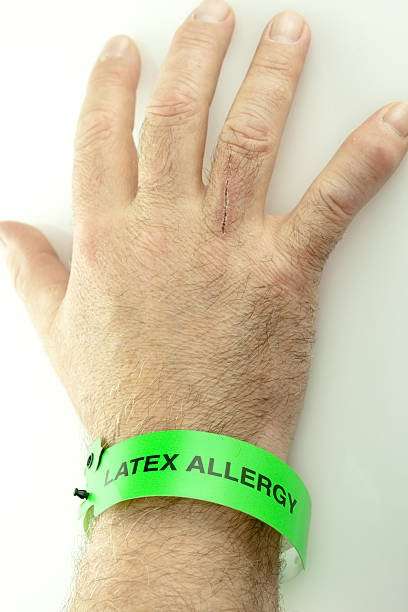
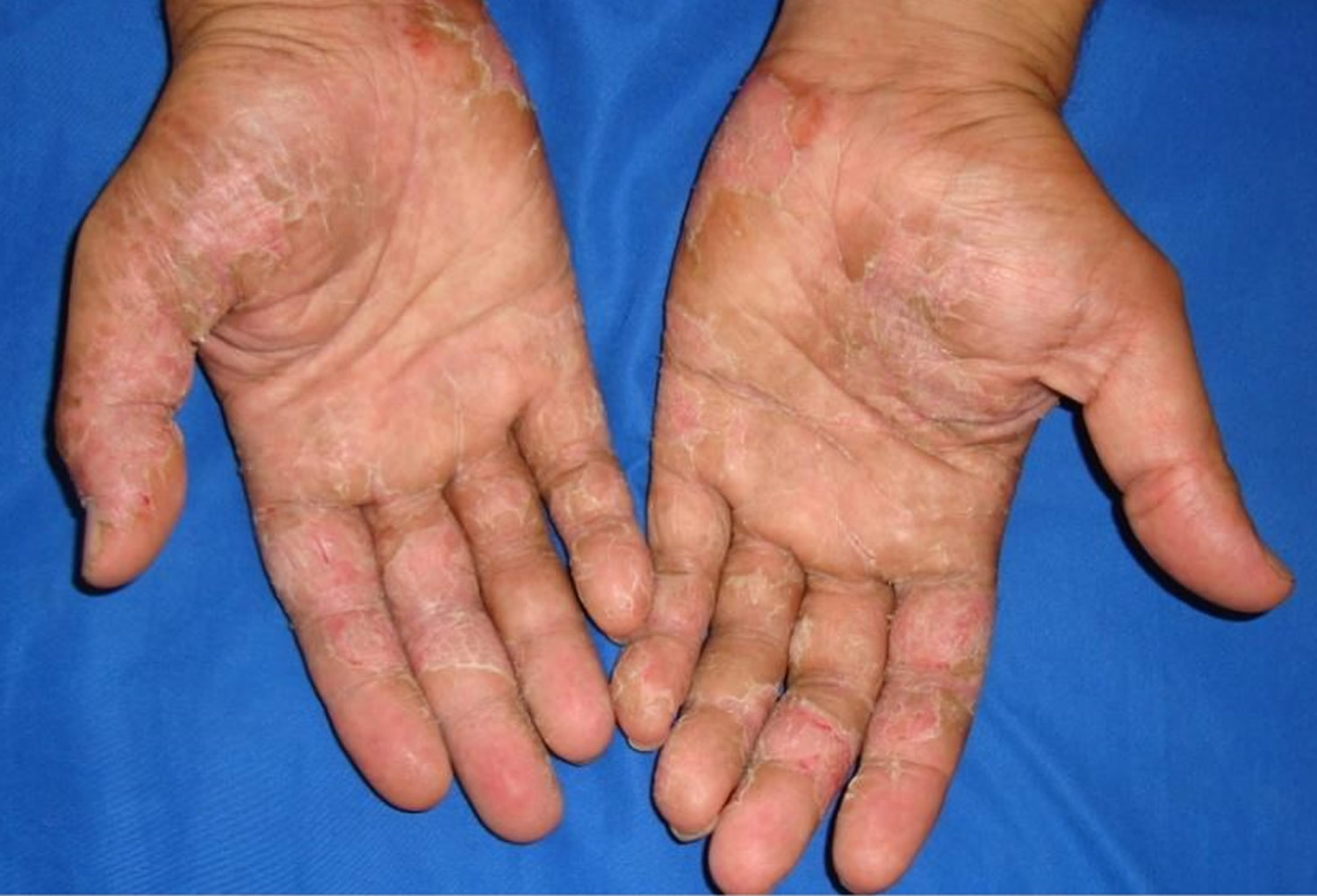
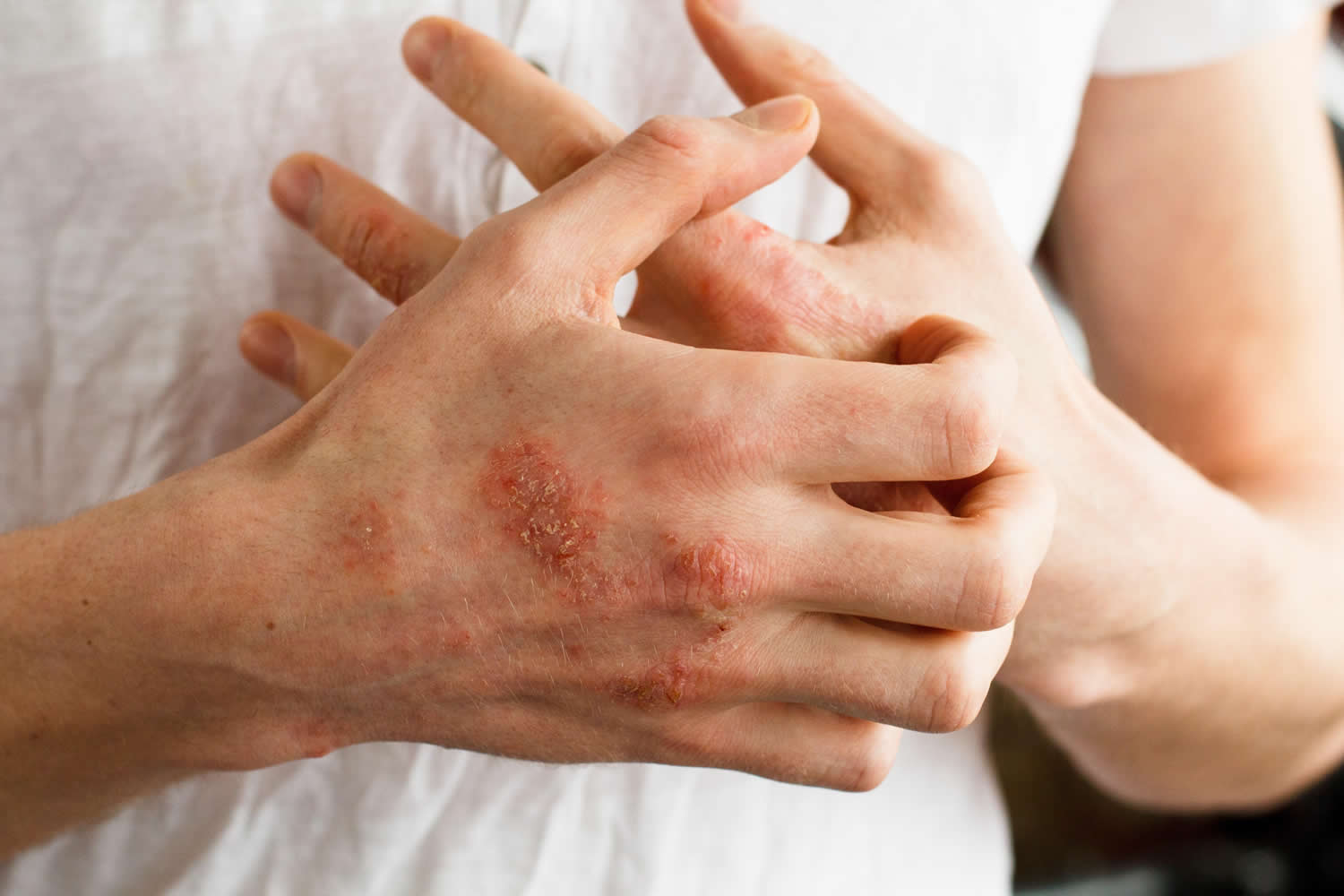
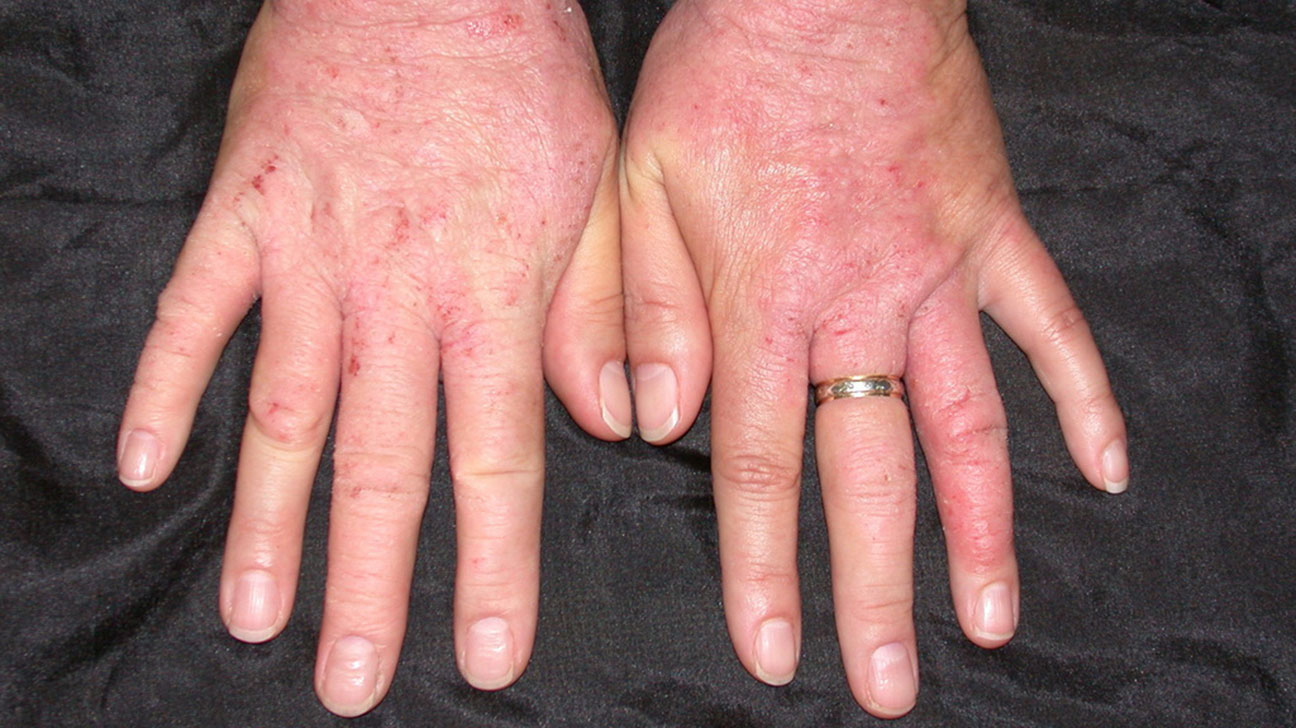
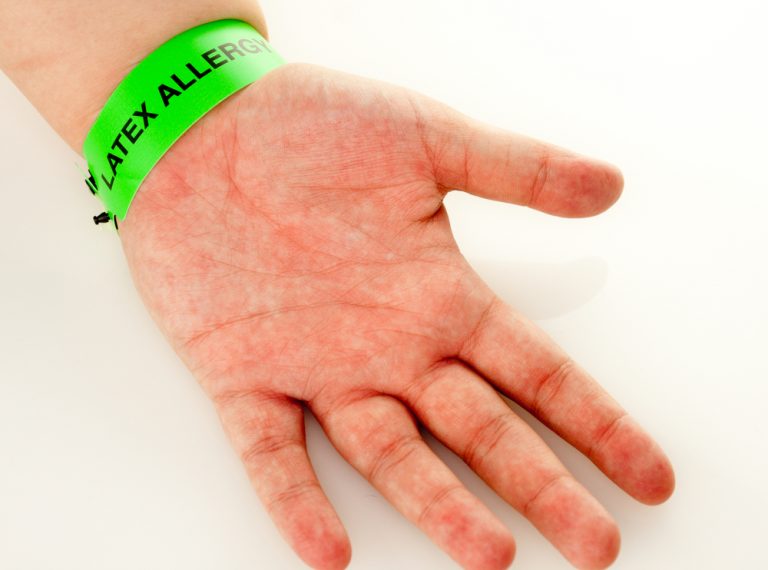



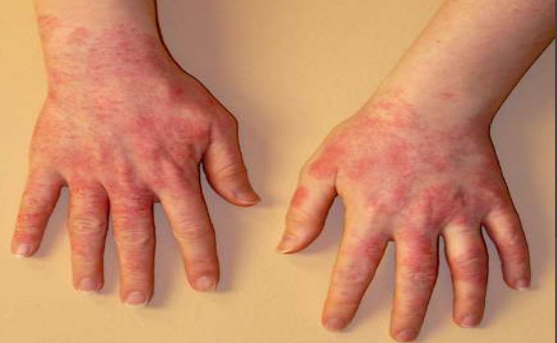




:max_bytes(150000):strip_icc()/SleeponLatex-b287d38f89374e4685ab0522b2fe1929.jpeg)
